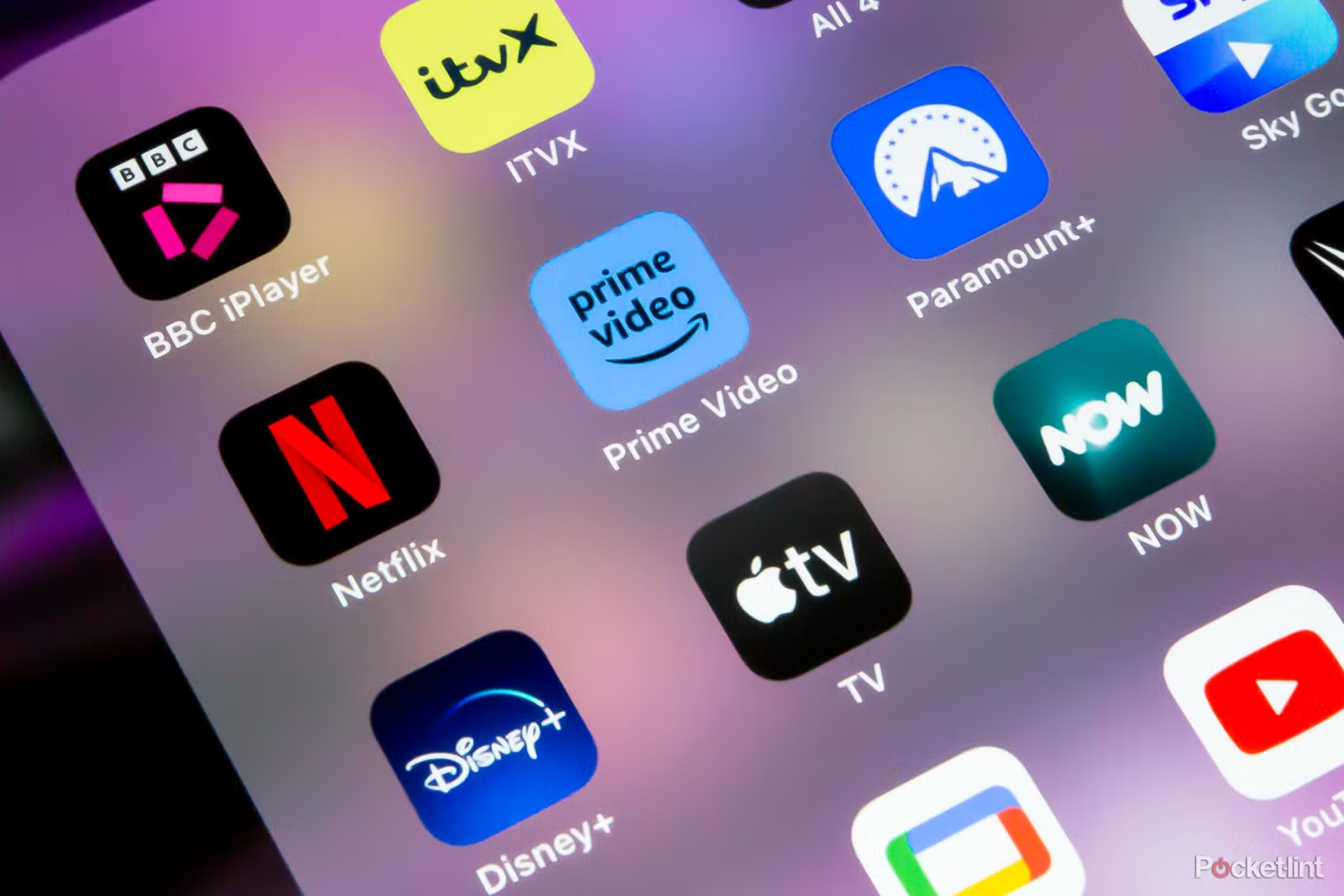How Streaming Services Are Redefining TV Show Success
The entertainment landscape has undergone a dramatic transformation over the past decade, driven primarily by the rise of streaming services. Platforms like Netflix, Amazon Prime Video, Disney+, Hulu, and newer entrants like Max and Apple TV+ have not only changed how audiences consume content but have also fundamentally redefined what it means for a TV show to be successful. In the traditional world of television, success was largely measured by viewership ratings, particularly Nielsen ratings in the United States, which dictated advertising revenue and season renewals. However, in the age of streaming, the metrics for success are broader, more nuanced, and often shrouded in secrecy. This shift has opened up new creative avenues for producers and given viewers more control than ever before over what becomes a hit.
From Ratings to Engagement: The New Metrics of Success
One of the most significant ways streaming services have changed the game is by moving away from traditional viewership ratings as the sole indicator of success. Instead of relying on live audience numbers, platforms now evaluate a show’s performance through a combination of metrics like completion rates, watch time, subscriber retention, global reach, and even social media engagement. For instance, a series might not generate record-breaking views, but if it keeps users subscribed to a platform for several months, it’s considered a valuable asset. Similarly, a show that sparks viral TikTok trends or becomes a meme sensation on Twitter might be deemed successful based on cultural impact rather than sheer numbers. This new measurement model allows for more creative risks and niche content that may not have survived in the traditional broadcast environment. Shows like “The Queen’s Gambit,” “BoJack Horseman,” or “Ted Lasso” might not have found mass appeal on network television, but on streaming platforms, they became runaway hits through word-of-mouth and algorithmic recommendations.
Binge Culture and the Power of the Algorithm
Streaming services have also revolutionized content delivery by popularizing the binge-watching model. Instead of waiting week after week for new episodes, viewers can now consume an entire season in one sitting. This has fundamentally altered storytelling, with many writers and showrunners designing narratives that are more serialized and cliffhanger-heavy to maintain viewer interest over long sessions. The ability to watch at one’s own pace empowers the audience and eliminates traditional time slots, but it also poses challenges. For example, a show that builds momentum slowly over time might get overlooked in favor of more immediately gripping content. This is where algorithms come into play. Platforms now use artificial intelligence and machine learning to suggest shows based on viewing history, genre preferences, and even the time of day. A show’s success often depends not just on its quality, but on how well it is recommended to users. In essence, the algorithm becomes the new gatekeeper of what’s seen and what gets buried.
Long Tail Content and the Globalization of TV
Another revolutionary change brought by streaming services is the globalization of content. In the pre-streaming era, non-English shows rarely gained traction outside their home countries. Today, thanks to subtitles and dubs, a Korean drama like “Squid Game” can become a global sensation virtually overnight. Similarly, Spanish thrillers like “Money Heist” or German sci-fi shows like “Dark” have attracted huge international fanbases. This global reach means that success is no longer defined by domestic ratings alone. A show that underperforms in one country can still become a hit elsewhere and justify a renewal. Streaming platforms actively pursue international content, recognizing that diverse storytelling appeals to a wider audience and contributes to brand identity. This diversification of content helps redefine success from a narrow, national perspective to a broad, international one. It also provides opportunities for creators from smaller markets to achieve global recognition, something previously unimaginable in the traditional TV model.
Creative Freedom and Genre Experimentation
One of the most exciting aspects of the streaming revolution is the creative freedom it offers. Traditional television networks often operated under tight constraints regarding episode lengths, content regulations, and advertiser expectations. Streaming platforms, on the other hand, offer creators more flexibility to tell stories in unconventional formats. Episodes can range from 15 minutes to over an hour. Series can have 3 episodes or 13, depending on what the narrative demands. This freedom has led to bold experimentation with genres, hybrid storytelling, and innovative cinematography. Anthology series like “Black Mirror” thrive because they can break the mold with each episode. Similarly, streaming platforms have revived and redefined genres that were once considered dead, such as musicals, period dramas, and horror anthologies. This creative liberty allows success to be defined not just by viewership, but by critical acclaim, awards, and cultural influence. Shows that push boundaries often garner a loyal following and generate buzz that transcends traditional popularity metrics.
The Rise of Data-Driven Content Creation
Another significant aspect of how streaming services are changing TV show success is the use of data to guide content decisions. Unlike traditional networks that rely on test audiences and gut instincts, streaming platforms gather massive amounts of user data to determine what types of shows to produce next. This includes which genres are popular in specific regions, which actors drive viewership, and which themes resonate with particular demographics. Netflix famously greenlit “House of Cards” because data suggested that a political drama starring Kevin Spacey and directed by David Fincher would appeal to its audience. While this data-driven approach has its critics, who argue that it could lead to formulaic content, it also allows platforms to take calculated risks on unique concepts. The blending of creative intuition with analytical insight is redefining what it means for a show to be strategically successful. A program doesn’t need to appeal to everyone—it just needs to deeply connect with the right audience.
Changing Revenue Models and Monetization Strategies
Success in the streaming era is also measured differently in financial terms. Traditional TV success was often tied to advertising revenue and syndication deals. In contrast, streaming platforms focus on subscriber acquisition and retention. A show that causes a spike in new subscriptions or prevents users from canceling their plans is extremely valuable, even if it doesn’t generate advertising dollars directly. Some platforms like Hulu and Amazon Prime do offer ad-supported models, but the majority prioritize monthly subscription fees as their primary revenue stream. This shift influences which shows get renewed or canceled. A high-budget show that drives buzz but fails to retain viewers over time might be axed, while a low-cost niche show with steady engagement could continue for multiple seasons. This economic model rewards sustainability and long-term value over flash-in-the-pan popularity, reshaping the definition of success yet again.
Audience Empowerment and the Democratization of Popularity
Perhaps one of the most profound impacts of streaming platforms is how they’ve given audiences more power than ever before. Viewers are no longer passive recipients of scheduled content—they now decide what, when, and how to watch. This democratization has led to organic fandoms forming around underdog shows that would have otherwise been canceled. Social media plays a pivotal role in this new success paradigm. Fans rallying behind shows on platforms like Twitter or Reddit have influenced renewal decisions and even led to the resurrection of canceled series. Streaming services pay close attention to online conversations and engagement levels because passionate fanbases can be more valuable than casual viewers. The viral potential of a show is a new form of success, and fan loyalty has become a key performance indicator.
Conclusion: A New Era of Television
Streaming services have undeniably rewritten the rulebook when it comes to measuring the success of TV shows. With more nuanced data, greater global reach, and a deeper focus on user engagement, the definition of a successful show now encompasses far more than just traditional ratings. It includes cultural impact, binge-worthiness, algorithmic performance, and fan devotion. As technology evolves and more players enter the market, the metrics for success will likely continue to shift. But one thing is clear: we are living in a golden age of television where creativity, diversity, and innovation are not just possible—they’re thriving. Streaming platforms have empowered storytellers and audiences alike, and in doing so, they’ve redefined what it means to create and celebrate a hit show.



























